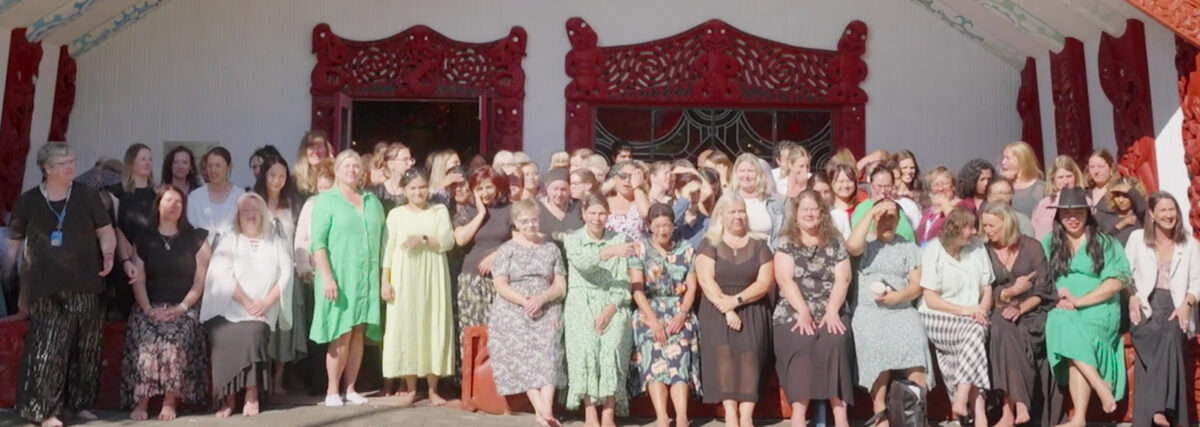More Māori, Pacific NPs ‘crucial’
Te Whatu Ora’s chief nursing officer Emma Hickson said increasing both Māori and Pacific NPs was a priority and crucial for whānau health and wellbeing.
In 2024, out of 121 NP training places, 17 nurses identify as Māori, compared to 10 (of 80) the previous year — a slight increase from 12.5 to 14 per cent. There are also five Pacific nurses training to become NPs, compared to none the previous year.
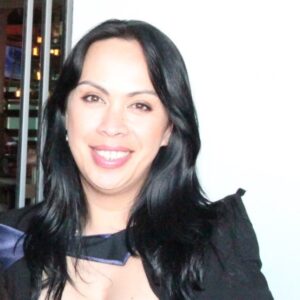
NP Dhyanne Hohepa, an academic mentor on the NPTP, said numbers of Māori training or in the NP workforce were “very small . . . miniscule” and a tikanga-based programme was needed.
“I’ve always been an advocate for having a cohort of Māori nurses on their journey to become NPs, and doing that journey together, from postgrad certificate right through to the masters — and within that cohort, that it’s tikanga-based and Māori nurses feel supported culturally and academically.”
Hohepa said despite being discussed at NP hui previously, “there hasn’t really been much progress on it — but that’s the dream, hey”.
“Like any other health workers in Aotearoa, whether it be nursing, medicine — whatever that looks like — we really need to increase our numbers of Māori and Pasifika to reflect our population – the same goes for NPs too.”

Overall, about nine per cent of NPs identify as Māori compared to 17 per cent of the population. Two per cent of NPs identify as Pasifika, compared to seven per cent of the population.
Te Whatu Ora chief nursing officer Emma Hickson has said it will fully fund all 121 eligible applicants on the nurse practitioner training programme (NPTP) this year — a 51 per cent increase on last year’s cohort of 80.
“It is fantastic to see how many of our nurses are ready to expand their scope of practice,” Hickson said in a statement. “We know that nurse practitioners can improve patient outcomes, increase patient satisfaction and address issues of health- care gaps in rural, remote and metropolitan areas.”
‘Nor do you want to be compared to a doctor. You’re not a mini doctor – you just want to extend your practice.’
Tāirawhiti nurse practitioner (NP) Natasha Ashworth agreed it was great to see so many keen and eligible nurses — and that Te Whatu Ora was willing to fund them.
“This is . . . a response to the nursing workforce who are saying ‘we are here, we are ready, this is a role that we want to engage in further and evolve — so I’m very pleased about it,” said Ashworth, a member of NZNO’s nursing leadership section (NLS).
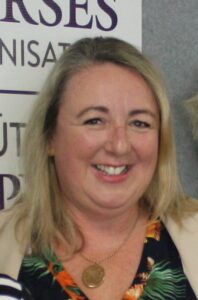
She said becoming an NP used to be “quite difficult” but in recent years the Nursing Council had ensured nurses were better supported through the process while the NPTP had made it easier to access funding and employer support.
“It’s a really positive programme — really well set up and thought through.”
It had helped, too, to see once-sceptical colleagues become more appreciative of the role as they worked alongside NPs.
‘There’s a realisation that the NP job isn’t a threat to anybody. It’s not taking other nurses’ places — it’s got its own place.’
“There’s a realisation that the NP job isn’t a threat to anybody. It’s not taking other nurses’ places — it’s got its own place,” Ashworth said. “Nor do you want to be compared to a doctor. You’re not a mini doctor — you just want to extend your practice.”
Numbers ‘speak for themselves’
Nurse Practitioners New Zealand (NPNZ) chair Sandra Oster said with 750 NPs already in Aotearoa’s workforce, numbers would likely be approaching 900 by the end of 2024 — and hitting 1000 within a couple of years.
‘You bring your nursing background, experience and paradigm — but you blend that with medical skills so NPs can offer a wider range of services for patients in their care.’
Throughout Aotearoa, NPs were running, owning and managing community health services, often without doctors.
“The numbers speak for themselves,” she said — noting that without the support of colleagues, NPs could not flourish.
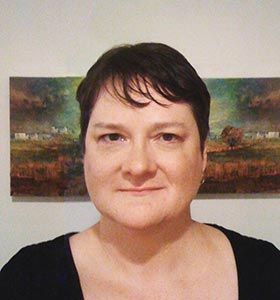
“NPs really need the support of their multidisciplinary team in their workforce in order to train,” Oster said.
“There are sometimes rather vocal detractors. But NPs across the country almost universally have very positive working relationships with their colleagues.”
Lack of employer support had previously been a barrier but the NPTP — which coordinated with employers — had helped them understand the role, its value and how to support nurses.
“NPs bring a wider range of skills as it’s a new scope of practice. You bring your nursing background, experience and paradigm — but you blend that with medical skills so NPs can offer a wider range of services for patients in their care.”
NPs ‘holistic, precise’
NZNO NLS member Maria Giles said the NPs on the rural West Coast where she worked were “amazing”.
“They are holistic, very precise, detailed — they are very careful, and they care. And it’s that image that seems to attract people.”
Piloted in 2016, the NPTP coordinates with employers to support nurses through training and is offered across six universities — Auckland, Massey, Otago, Victoria, Waikato and Auckland University of Technology.
‘Like any other health workers in Aotearoa . . . we really need to increase our numbers of Māori and Pasifika to reflect our population.’
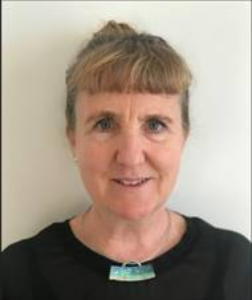
Hickson said Te Whatu Ora-funded NP training places had risen from 50 in 2022, to 80 in 2023, then 121 this year — exceeding the 100 promised in the Health Workforce Plan.
A key aim of the plan was training more NPs to grow a highly skilled, sustainable local workforce, particularly in hard-to-staff rural and remote areas, Hickson said.
Entry required RNs to have at least three years’ experience, be working at an advanced level of practice in a given area and have demonstrated leadership skills.
‘Timely’ care
University of Auckland head of nursing Julia Slark said NPs were able to assess, diagnose and treat a range of common and complex health conditions.

While those studying to become NPs came from a range of areas including mental health and addiction, aged care and palliative care, more than half worked in primary health care, Slark said.
“Once qualified as a nurse practitioner, they may be the lead health care provider for health consumers and their families/whānau, like general practitioners.”
That would allow people to access more timely, high quality care in their communities, she said.
More information on becoming an NP can be found here.
Class of 2024 nurse practitioner trainees are welcomed onto the University of Auckland’s Waipapa Marae in February.


